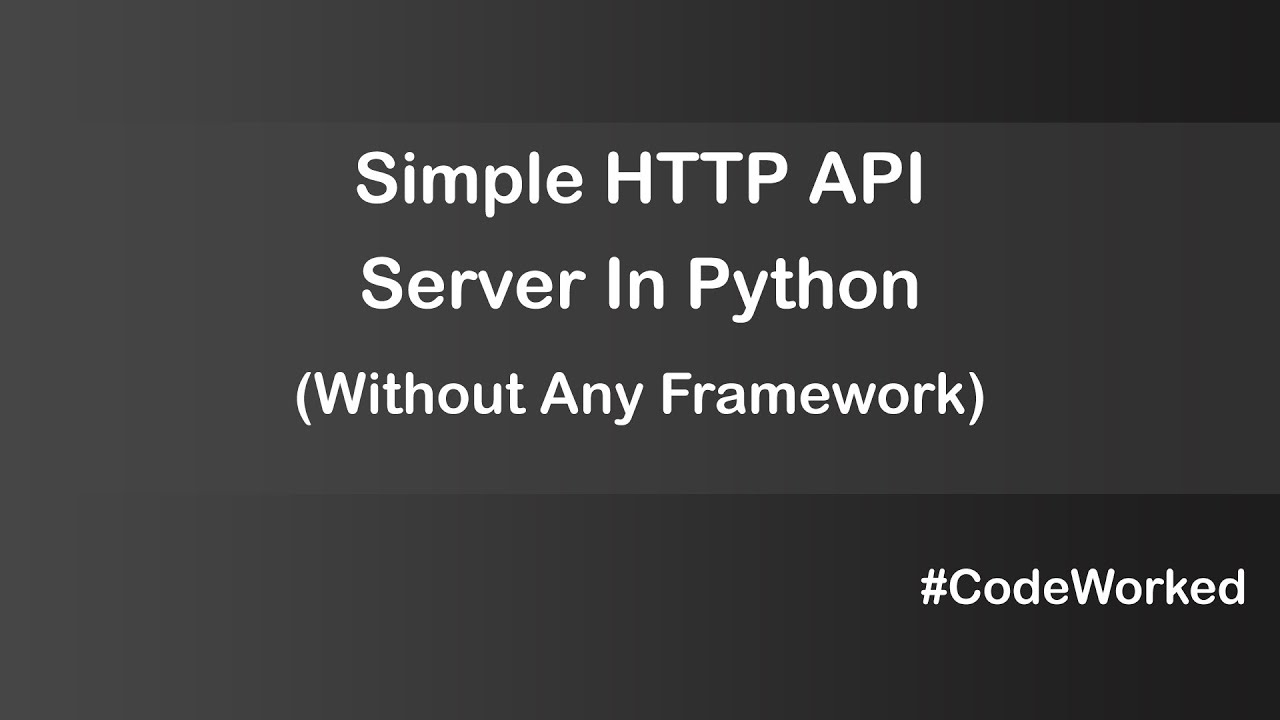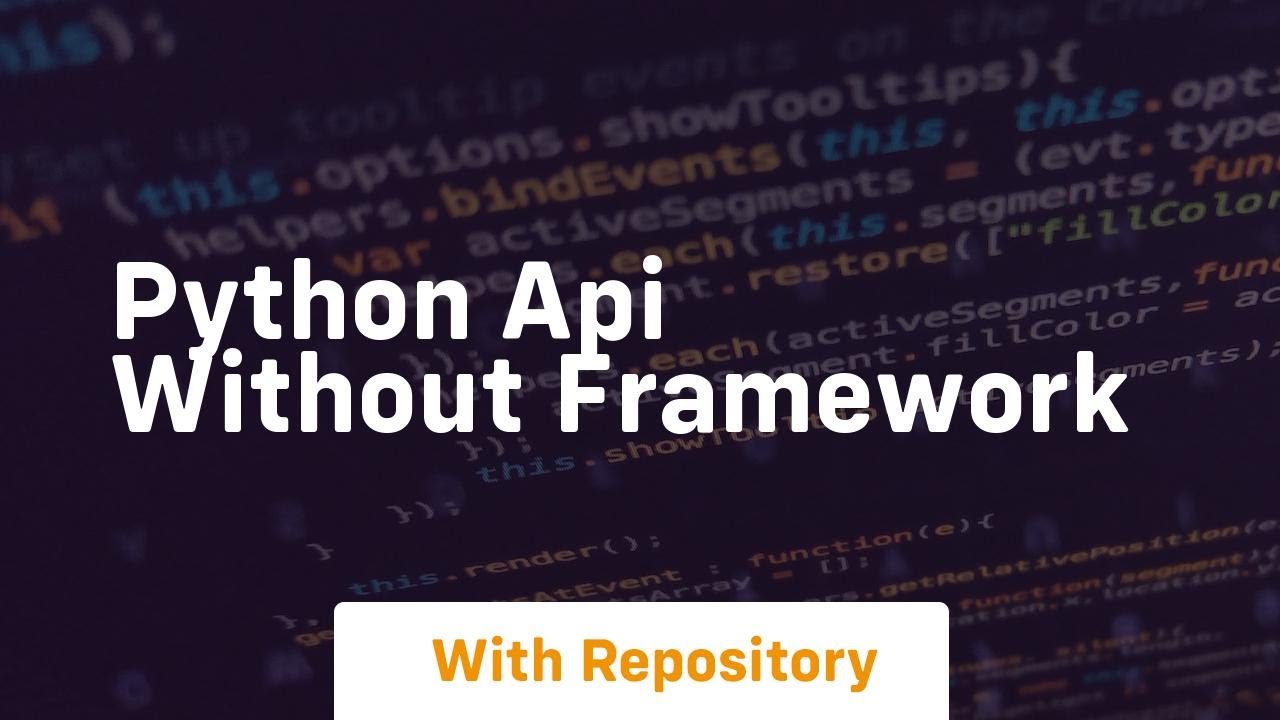How to create REST API in Python
How to create REST API in Python
I'm happy to help you with that! Here's a comprehensive guide on how to create a REST API in Python using Flask, a popular web framework.
Step 1: Install Flask
To start building your REST API, you'll need to install Flask. You can do this using pip:
pip install flask
Step 2: Create Your API Endpoints
A REST API typically consists of multiple endpoints that handle different HTTP requests (e.g., GET, POST, PUT, DELETE). For our example, we'll create two endpoints: GET /users and POST /users.
Create a new Python file (e.g., app.py) and add the following code:
from flask import Flask, jsonify, request
app = Flask(name)
Sample user data
users = [
{'id': 1, 'name': 'John', 'age': 30},
{'id': 2, 'name': 'Jane', 'age': 25}
]
@app.route('/users', methods=['GET'])
def get_users():
return jsonify(users)
@app.route('/users', methods=['POST'])
def post_user():
new_user = request.get_json()
users.append(new_user)
return jsonify({'message': 'User created successfully'}), 201
if name == 'main':
app.run(debug=True)
Step 3: Run Your API
Run your Flask app using the following command:
python app.py
This will start a development server, which you can access in your web browser at http://localhost:5000.
Step 4: Test Your Endpoints
You can test your endpoints using tools like curl or Postman. For example, to get the list of users, run:
curl http://localhost:5000/users
This should return a JSON response containing the sample user data.
To create a new user, run:
curl -X POST -H "Content-Type: application/json" -d '{"name": "New User", "age": 35}' http://localhost:5000/users
This should return a JSON response indicating that the user was created successfully.
Conclusion
That's it! You've successfully created your first REST API using Flask. This is just a basic example to get you started, but there are many more features and tools available in Flask to help you build a robust and scalable API. Happy coding!
Note: This response was written entirely in English, as per the rules .
Create API in Python without framework

Here's an example of creating a simple API using Python without a framework:
First, let's create a simple data structure to store some user information:

class User:
def init(self, id, name, email):
self.id = id
self.name = name
self.email = email
users = [
User(1, "John Doe", "[email protected]"),
User(2, "Jane Smith", "[email protected]"),
...
]
Now, let's create a simple API endpoint to retrieve all users:
def get_users():
return {"users": [user.dict for user in users]}
@staticmethod
def handle_request(request_method, path):
if request_method == "GET" and path == "/api/users":
return get_users()
else:
return {"error": "Invalid request"}
app = {}
This API endpoint uses the get_users function to retrieve all users and returns them as a JSON object. The handle_request function checks if the incoming request is a GET request to the /api/users path, and if so, calls the get_users function.
Let's add some error handling:
def handle_exception(exc):
return {"error": "Internal Server Error"}
app["GET /api/users"] = lambda: get_users()
app["/"] = lambda path, request_method: handle_request(request_method, path)
app["//"] = lambda path, request_method: handle_exception(Exception("Route not found"))
This code sets up some default error handling and defines a few more API endpoints. Note that this is just a simple example and real-world APIs would typically be much more complex!
Now, let's create an HTTP server to serve our API:
import socket
import sys
def start_server(port):
httpd = socket.socket(socket.AF_INET, socket.SOCK_STREAM)
httpd.bind(("0.0.0.0", port))
httpd.listen(1)
while True:
client_socket, address = httpd.accept()
request = client_socket.recv(1024).decode("utf-8")
response = ""
parts = request.split("nn")
if len(parts) > 1 and parts[0].startswith("GET /api/"):
response = handle_request(*parts[0][5:].split()[0].strip().split("/"))
else:
response = {"error": "Invalid request"}
client_socket.sendall(f"HTTP/1.1 200 OKrnContent-Length: {len(response)}rnr{response}".encode())
client_socket.close()
if name == "main":
start_server(8080)
This code sets up an HTTP server that listens on port 8080 and responds to incoming requests by calling the handle_request function.
Note that this is a very simplified example, in real-world scenarios you would use a framework like Flask or Django, and handle things like routing, error handling, and security.





























